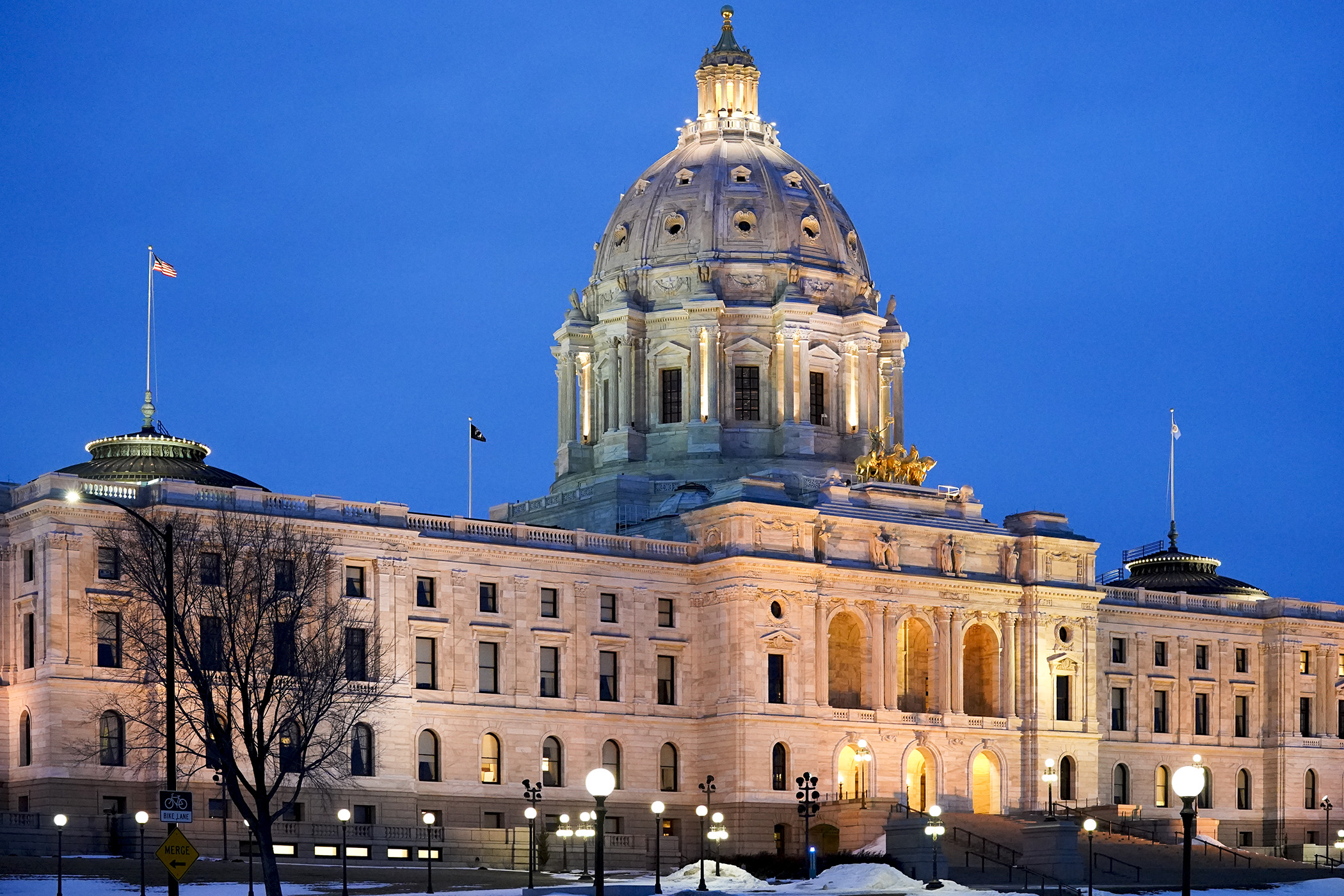Grants proposed to help MN cities, counties withstand impacts of climate change

Last week, a topic of discussion in the House Climate and Energy Finance and Policy Committee was what little old Minnesota can do about a global problem like climate change. The lead co-author of the United Nations’ recent report on climate change said, basically, prepare for it and do what you can to make its worst effects less harmful.
On Tuesday, the focus went even more micro: What can Minnesota’s cities and counties do to prepare for climate change, especially smaller cities?
Several possibilities were discussed, such as growing the urban tree canopy to keep things cooler and capture carbon and improving stormwater systems for the increased rainfall that’s expected. But that all takes money.
HF2200 may help.
Sponsored by Rep. Samantha Vang (DFL-Brooklyn Center), it would establish a grant program to assist cities and counties in mitigating the impacts of climate change and reducing their contributions to the problem. Administered through the Pollution Control Agency, the $5 million program would offer grants up to $50,000, with a dollar-for-dollar match required from counties and cities larger in population than 20,000 and a 5% match for smaller cities.
The committee laid the bill over, as amended, Tuesday for possible omnibus bill inclusion. It has no Senate companion.
“Local governments can be very effective at this, having a plan can be very helpful, and cities need support,” said St. Louis Park City Council member Larry Kraft. “Twenty cities and one county in the state have declared a climate emergency.”
Those declarations have led to climate action plans that focus upon specific projects to make cities or counties more resilient in withstanding the effects of climate change, such as major weather events, increased flooding and severe drought.
“I’ve lived here all my life and the change in flooding is astronomical,” said Moorhead City Council member Shelly Dahlquist. “It’s billions of dollars that’s been going into making it so we’re not flooded out.
“And I used to see bees everywhere, but I don’t see that anymore,” Dahlquist said, speaking of the loss of pollinator habitat.
“We didn’t need to declare a climate emergency; we experienced three years of climate emergencies,” said Bridgewater Township Supervisor Kathleen Doran-Norton. “Consecutive floods year after year after year. Each 8 to 9 inches of rain in 24 hours. Each costing a third to a half of our township levy in damages. Washing all the gravel off our roads. Throwing a 12-foot culvert vertically through a paved road. Shortening the lives of other culverts and bridges by half.
“Following those experiences – and some angry town meetings – we engaged in some very focused climate planning to protect our residents and those downstream in Northfield.”
Testifiers praised the amendment broadening the bill’s focus to include county governments, not just cities, some saying that county funds would allow collaboration on projects among multiple municipalities.
Rep. Patty Acomb (DFL-Minnetonka) asked how long it might take for communities to develop an action plan.
“There’s a range,” said Kate Knuth, founder of consulting firm Democracy and Climate. “Months up to a year, depending upon staff and community engagement. The newer ones tend to be more ambitious. … There’s significant federal money coming in on infrastructure, and a lot of that has to do with resiliency and clean energy. Duluth is a great example of a city that has a list of shovel-ready projects.”
Rep. Spencer Igo (R-Grand Rapids) asked about consultant costs, and how much cities have been putting into those on these projects.
“At the low end, costs are in the $10,000 to $20,000 range,” Kraft said. “For a larger city, it can touch six figures. I think the ‘up to $50,000’ in this bill will hit the sweet spot of what cities are doing.”
Related Articles
Search Session Daily
Advanced Search OptionsPriority Dailies
Speaker Emerita Melissa Hortman, husband killed in attack
By HPIS Staff House Speaker Emerita Melissa Hortman (DFL-Brooklyn Park) and her husband, Mark, were fatally shot in their home early Saturday morning.
Gov. Tim Walz announced the news dur...
House Speaker Emerita Melissa Hortman (DFL-Brooklyn Park) and her husband, Mark, were fatally shot in their home early Saturday morning.
Gov. Tim Walz announced the news dur...
Lawmakers deliver budget bills to governor's desk in one-day special session
By Mike Cook About that talk of needing all 21 hours left in a legislative day to complete a special session?
House members were more than up to the challenge Monday. Beginning at 10 a.m...
About that talk of needing all 21 hours left in a legislative day to complete a special session?
House members were more than up to the challenge Monday. Beginning at 10 a.m...